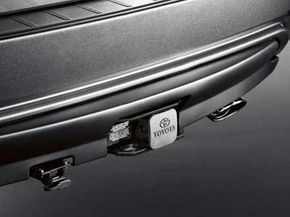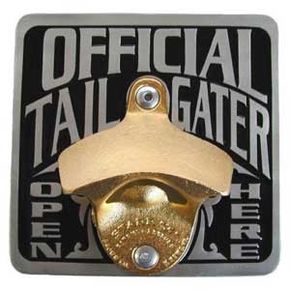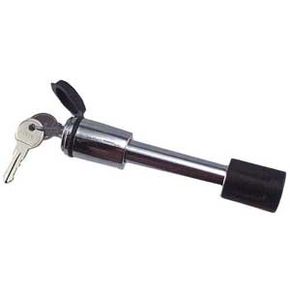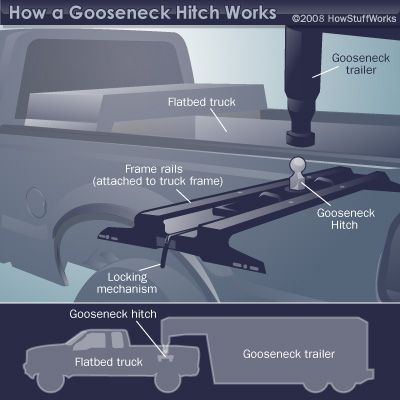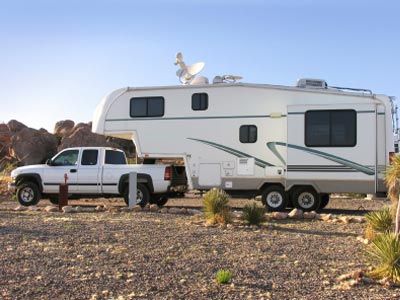You wouldn't wear a pair of dirty coveralls out on a hot date, so why would you pick up that special someone with a clunky ball mount sticking out from the rear of your vehicle? While such towing equipment is mandatory for hauling trailers, boats and other loads, you don't really need it when you're headed for a steak restaurant. Some vehicles have permanent towing hitches, but others allow owners to remove such clunky equipment and replace it with a stylish hitch cover.
Without a cumbersome drawbar and ball mount attached, all you have on the rear of the vehicle is a hollow drawbar receiving tube or hitch tube. Many drivers find this unsightly, but there are other issues to worry about as well. If left exposed to the elements, the tube can easily clog with dead, wet leaves or other debris. A cover helps to prevent rust and allows you to avoid having to clean that mess out when it's time to pop in the drawbar. Plus, other drivers won't think there's a squirrel living in there. Hitch covers also provide a cushioned and highly visible alternative to a rough metal protrusion. This can cut down on accidental scrapes and bumps to human and vehicle bodies alike.
Advertisement
Sold on the idea of capping that hitch tube? Well, you have a big decision ahead of you. Hitch cover manufacturers offer quite a few options to choose from, ranging from the discreet and functional to the absolutely outrageous.
Pull on up to the next page to explore your options.
Advertisement
